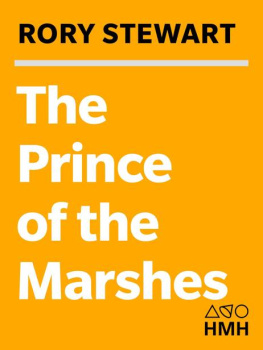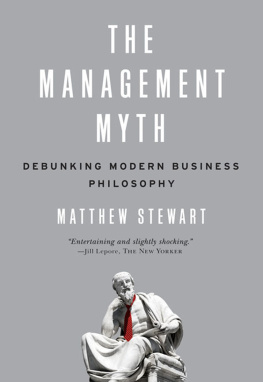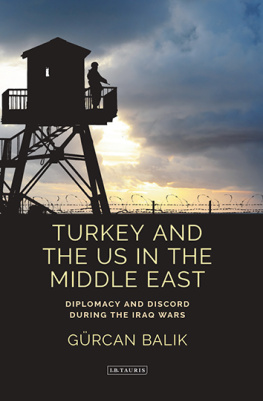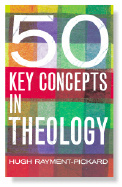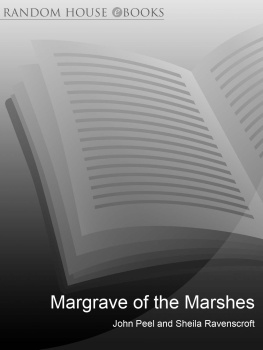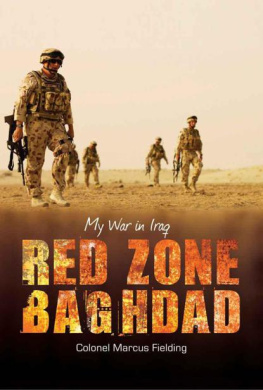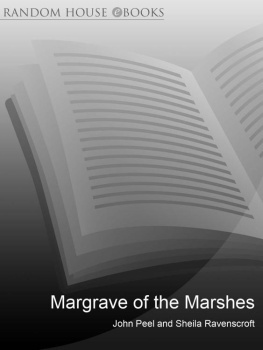
Table of Contents
Copyright 2006 by Rory Stewart
Epilogue copyright 2007 by Rory Stewart
All rights reserved. No part of this publication may be reproduced or transmitted in any form or by any means, electronic or mechanical, including photocopy, recording, or any information storage and retrieval system, without permission in writing from the publisher.
For information about permission to reproduce selections from this book, write to Permissions, Houghton Mifflin Harcourt Publishing Company, 215 Park Avenue South, New York, New York 10003.
www.hmhco.com
The Library of Congress has cataloged the print edition as follows:
Stewart, Rory.
The prince of the marshes: and other occupational hazards of a year in Iraq/ Rory Stewart.1st ed.
p. cm.
1. IraqDescription and travel. 2. IraqSocial life and customs20th century. 3. Stewart, RoryTravel. 4. BritishIraq. I. Title.
DS70.65.S74 2006
956.7044'31dc22 2006006905
ISBN 978-0-15-101235-0
ISBN 978-0-15-603279-7 (pbk.)
e ISBN 978-0-15-603300-8
v2.0215
First Harvest edition 2007
To my father,
A great man, a fierce ally,
and most constant friend.

FOREWORD
This book is a record of my personal experience in two provinces of Iraq. It is not a history of the Coalition Provisional Authority. Even as a description of my own experience, it is limited. We worked long days and it seemed a luxury to keep a diary, when there was much else to be done. I took notes in every meeting but there are few complete transcripts of conversations and some notebooks were lost after the siege in Nasiriyah. Much, therefore, depends on memory. Iraq remains a dangerous place and occasionally I have felt it necessary to conceal identities; it is also a confusing place and, while I want to reflect that, I have also occasionally simplified a protracted story.
Because it is a personal memoir, it also focusesunfairly to my colleagueson my own work. There were many others in Iraq, whose work was often much more significant than mine. In particular, Molly Phee in Maysan and Barbara Contini in Dhi Qar. They were my superiors and I acted under their authority. Other civilian advisers and military civil affairs teams implemented the development projects, and the British military played a large part not just in security but in politics. Stephen Anderson, Dominic Asquith, Andy Bearpark, Harry Boyle, Toby Bradley, Bruce Brearly, Antonio Burti, George Butler, France Corbani, Tash Coxen, Rachid Elbardi, Mark Etherington, Jeremy Greenstock, Eric Gudenius, Ahmed Harazi, Samantha Jennings, Dick Jones, General Lamb, Kyle Lang, Jay Lucas, Edward Melotte, Ginnie Mottram, Jeremy Nathan, Stefano Nigri, Patrick Nixon, Roberto Pedrale, David Richmond, General Stewart, Hilary Synnott, and Peter Williams, among many others, could each write accounts of the occupation that would be very different from mine. A couple already have.
Just as I have passed over many simple achievements in Iraq, so I have not catalogued the national failures in planning, policy, and administration. This is because I believe it was not grand policy but rather the meetings between individual Iraqis and foreigners that ultimately determined the result of the occupation. I have therefore focused on difficult interactions, in which both sides may often appear combative, comical, bewildered, and grasping. In other contexts, the same people could be patient, wise, clear-sighted, and generous, and I regret that less space has been given to their virtues. I have emphasized the negative because it was the mutual suspicions, not the harmonies, that were decisive.
Finally, I have recorded the politics, the individuals, and histories of the provinces as I understood them as a foreigner. Iraqi friends have already pointed out many errors and omissions. There must be many more.
With the caveats above, to paraphrase Rousseau, while I may not always have recorded what is true, I have tried not to record what I know to be false.
DRAMATIS PERSONAE
MAYSAN
C OALITION P ROVISIONAL A UTHORITY
Molly Pheegovernorate coordinator, Maysan
C IVIL A FFAIRS T EAM
Major Edward MelotteCPA representative
Major George Butlerhead of the civil affairs team
A.J.finance officer
Charlotte Charlie Morrissocial affairs officer
I RAQI P OLICE
Abu Rashidpolice chief, Maysan
Brigadier General Sabihacting police chief
Seyyed Faqrpolice chaplain
Nadhempolice chief, Amara
M ARSH A RABS
Seyyed Issahead of the district council of Beni Hashim
The progressive classes
Alia young activist
Asada middle-aged poet
Husseindirector of the Finance Ministry
P OLITICAL P ARTIES
The Princes Party
Rural/tribal and relatively secular
Karim Mahood HattabAbu Hatim, The Prince of the Marshes
Riyadh Mahood Hattabbrother of the Princehead of the regeneration committee and candidate for governor
Shia parties
All derived from the original Dawa Party, founded in the late fifties and led by Ayatollah Muhammad Bakr al-Sadr
(Sadr I), martyred in 1980
The Iranian-linked groups
Supreme Committee for the Islamic Revolution in Iraq (SCIRI)
Formed by the Marytr Ayatollah Muhammed Bakr Al-Hakim
MilitiaBadr Brigades and Party of God
Abu AhmedSCIRI central, candidate for governor
Abu MiriamMovement of the Party of God
Abu MaythamBadr brigades, candidate for police chief
Dawa
Formed by the Martyr Ayatollah Muhammad Bakr al-Sadr (Sadr I)
Abu Muslimex-cleric from Dawa movement
Abu Akilnational head of Dawa Iraq tendency
Abu Mustafaclericindependent Dawa
Sheikh Rahimclericindependent Dawa
The Sadrists (Office of the Martyr Sadr and Fodala)
Formed by the Martyr Ayatollah Muhammad Sadeq al-Sadr (Sadr II) and led now by his son Muqtada (Sadr III) and Chief of Staff Al-Yakubi
MilitiaArmy of the Imam Mehdi
Seyyed Hassanhead of the Sadr Party
Seyyed Sattarhead of the Majar branch of Sadr
Hassanhead of the alternative councils
T RIBES
Albu Muhammad
Beni Lam
Al-Azerj
Suwaad
Beni Kaab
Albu Deraaj
Abu Ali
Sudan
Saada
Bahadil
DHI QAR
C OALITION P ROVISIONAL A UTHORITY
John Bournegovernorate coordinator, Dhi Qar
Barbara Continigovernorate coordinator, Dhi Qar
Jeremy Nathandeputy governorate coordinator, Dhi Qar
Toby Bradleypolitical officer, Dhi Qar
Franco Corbanispecial projects, Dhi Qar
Sabri Badr Rumaiathgovernor of Dhi Qar
Abbasdeputy governor, a Danish citizen
Adnan Sherifeassistant governor
Abdul Amir Al-Hamdanidirector of archaeology
S ADRISTS
Sheikh Aws Al-Khafagihead of the office
Sheikh Ali ZeidiAl Rafai leader
Sheikh MuwayadNasiriyah leader
Asad Al-Ghuzziassociate and ally
A L R AFAI T RIBES
Shweilat, Sheikh Arkan Hairullah
Beni Rikaab, Shlage
Yunus, son of Shlage
Ismail
Taleb
TIMELINE
3000 B.C. Foundation of first Sumerian civilizations on the lower Euphrates
c. 2600 B.C. Burial of Puabi, a ruler, at Ur on the lower Euphrates near modern Nasiriyah
2113 B.C. Ur-Nammu founds Second Dynasty of Ur and with his son Sulgi builds the ziggurat
c. 2000 B.C. Destruction of Ur by Elamite invasion from the territory of modern Iran
c. 600 B.C. Final building in Ur under Nebuchadnezzar II of Babylon and his successors
539 B.C. Capture of Babylon and Mesopotamia by Persian Empire
Next page
